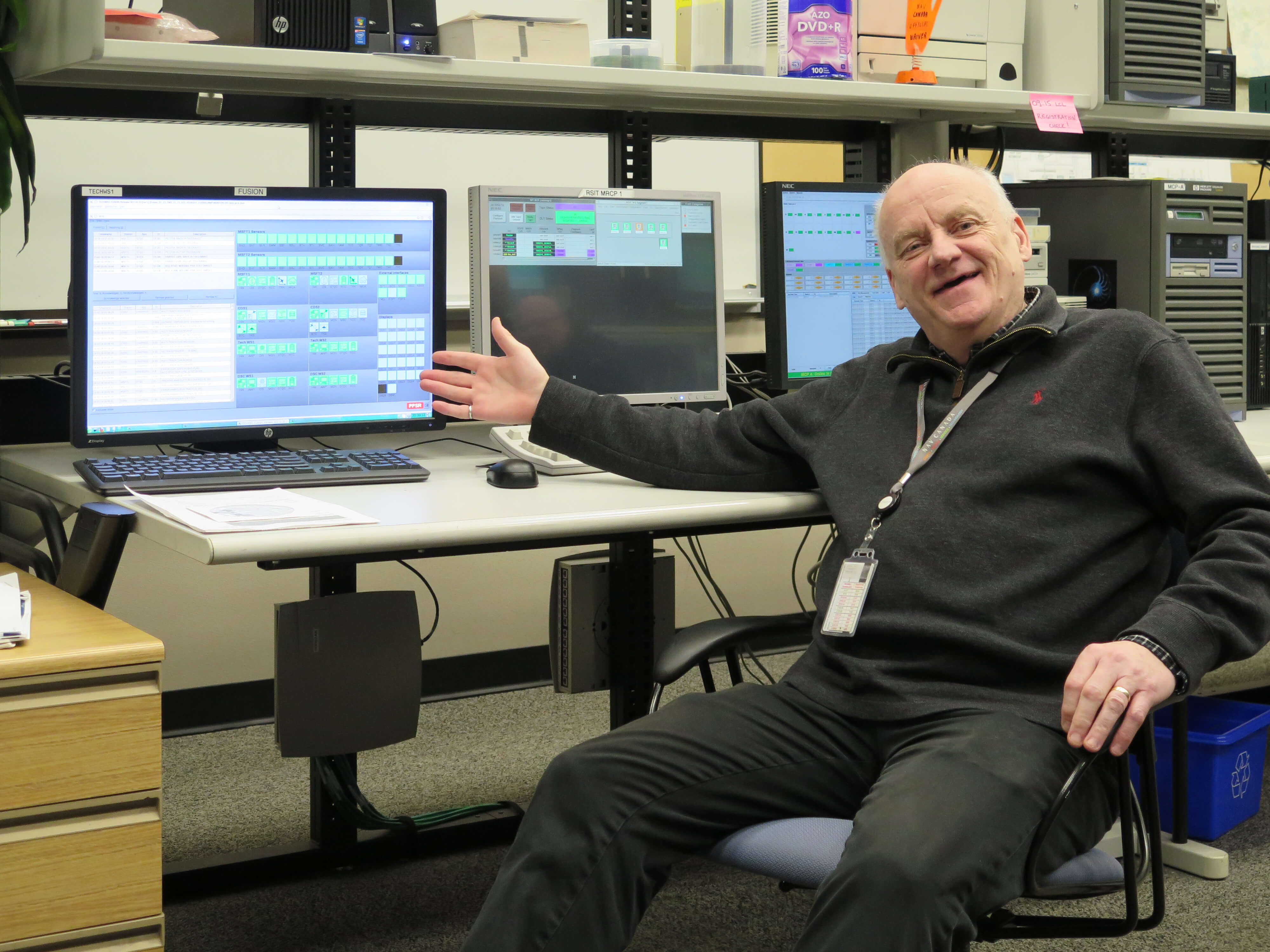







January 16, 2019
As we celebrate the final launch of Iridium NEXT satellites carrying Aireon space-based ADS-B payloads into orbit, NAV CANADA continues to move forward on several fronts to improve operational efficiencies for our customers.
This includes implementing space-based ADS-B into Canadian-controlled airspace now that Aireon’s technology is soon to go live as well as deploying SATVOICE, a space-based ADS-B supportive tool that adds a voice communication option between controllers and pilots, across the country.
One of the most important projects related to the launch of space-based ADS-B has been the implementation of an innovative new surveillance data processing system called Fusion.
Fusion – a new data processing system that significantly improves accuracy
“Fusion takes all the surveillance sensors available for an aircraft target – whether radar, Multilateration (MLAT), Wide Area Multilateration (WAM), space-based or ground-based ADS-B – and fuses all these sources to create a single track,” says Steve Williams, Assistant Vice President, ATM Engineering.
At its core are complex mathematical algorithms that can deliver more complete and accurate flight data directly to controllers’ display screens. This advanced new-generation system significantly improves accuracy when providing aircraft position estimates and represents the future of ATC surveillance technology.
Retiring our legacy system Radar Data Processing System Re-host (RDPSR)
The technology itself is replacing our legacy Radar Data Processing System Re-host (RDPSR), which has been operating across the air navigation system for 20 years. RDPSR has always been a robust and exceptionally reliable workhorse in our stable of ATM technologies, but it was never designed to process the high volume of data that will originate from space-based ADS-B.
“Our legacy system displays a single source of surveillance data, showing an aircraft target based on one radar system or one ground-based ADS-B installation,” adds Williams.
One mantra: replace RDPSR with something as good – or better
One of the challenges in developing and deploying Fusion is the necessary interaction with several systems, including the Canadian Automated Air Traffic System (CAATS) and Gander Automated Air Traffic System (GAATS+) flight-data processing platforms. This challenge was followed in recent months by two major successes: completion of its operational readiness demonstration (ORD) and commissioning in Winnipeg and in Edmonton. In both locations, the system is now running smoothly.
Dave Dekker, Specialist, Air Traffic Services System Integration, has been part of the Fusion project since the beginning. As a member of the operational system requirements team, Dekker’s job was to represent the operational users during the new system’s design and development.
Dekker says he and the rest of his team have operated on a single mantra. “The biggest thing we had to understand was that RDPSR is one of the most trusted systems in our operations, and so we had to make sure we were replacing it with something that was as good – or better.”
Fusion was launched in our Winnipeg Flight Information Region, and its success in Winnipeg first required 18 months of field trials in Winnipeg and testing in Ottawa before the system was successfully deployed. This testing included establishing the capabilities of the tool and to ensure it was safe and usable, before making the transition to space-based ADS-B.

Pictured here is George Wright, Manager, ATM Surveillance Systems, an instrumental member of the Fusion project.
Fusion in anticipation of using space-based ADS-B
Fusion can readily integrate new forms of surveillance data – such as the random and time-varying updates expected from space-based ADS-B, while ensuring value continues to be realized from existing infrastructure.
With Fusion, NAV CANADA also stays ahead of the curve, as the system complies with new international regulatory standards created in anticipation of one day using ADS-B in terminal and approach airspace.
A new-generation system that represents the future of ATC surveillance technology
The new data processing system will enable important new safety-net features, including Short-Term Conflict Alert (STCA). With STCA, oral alarms will sound on a controller’s display when there’s the potential for a loss of separation (‘traffic, traffic’).
Once fully implemented across the country, it will bring significant safety and efficiency benefits for the industry.